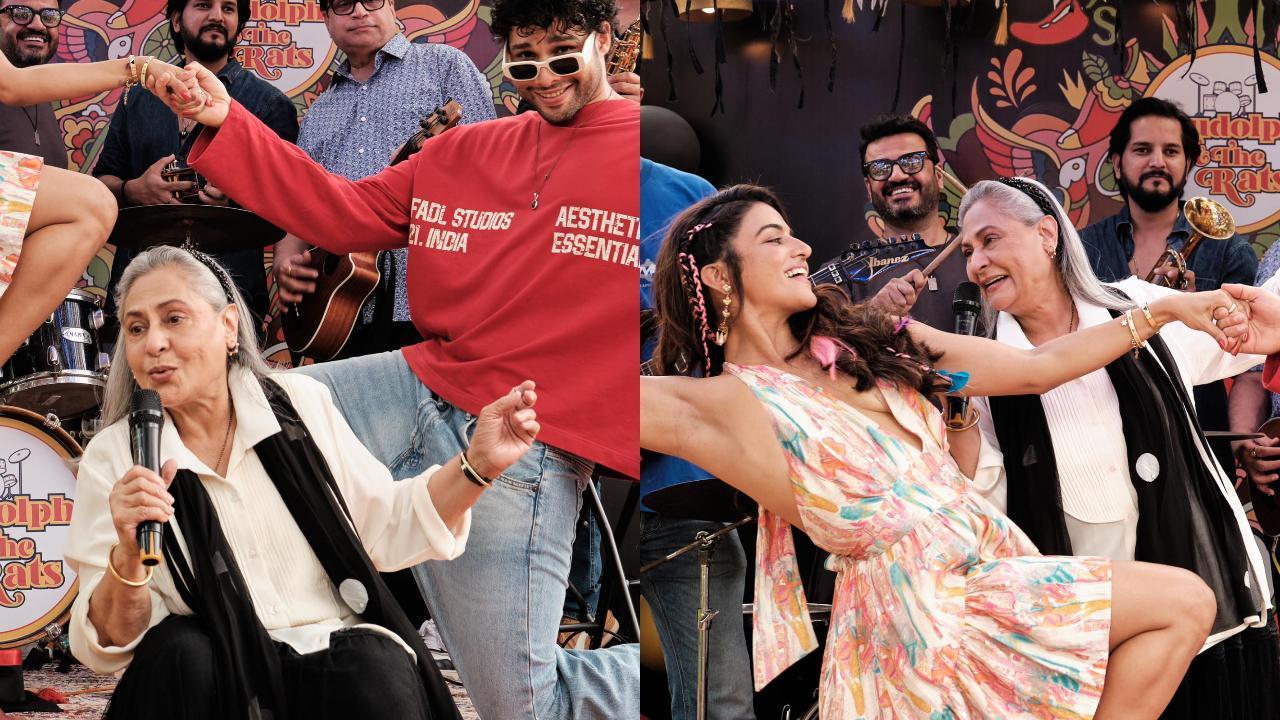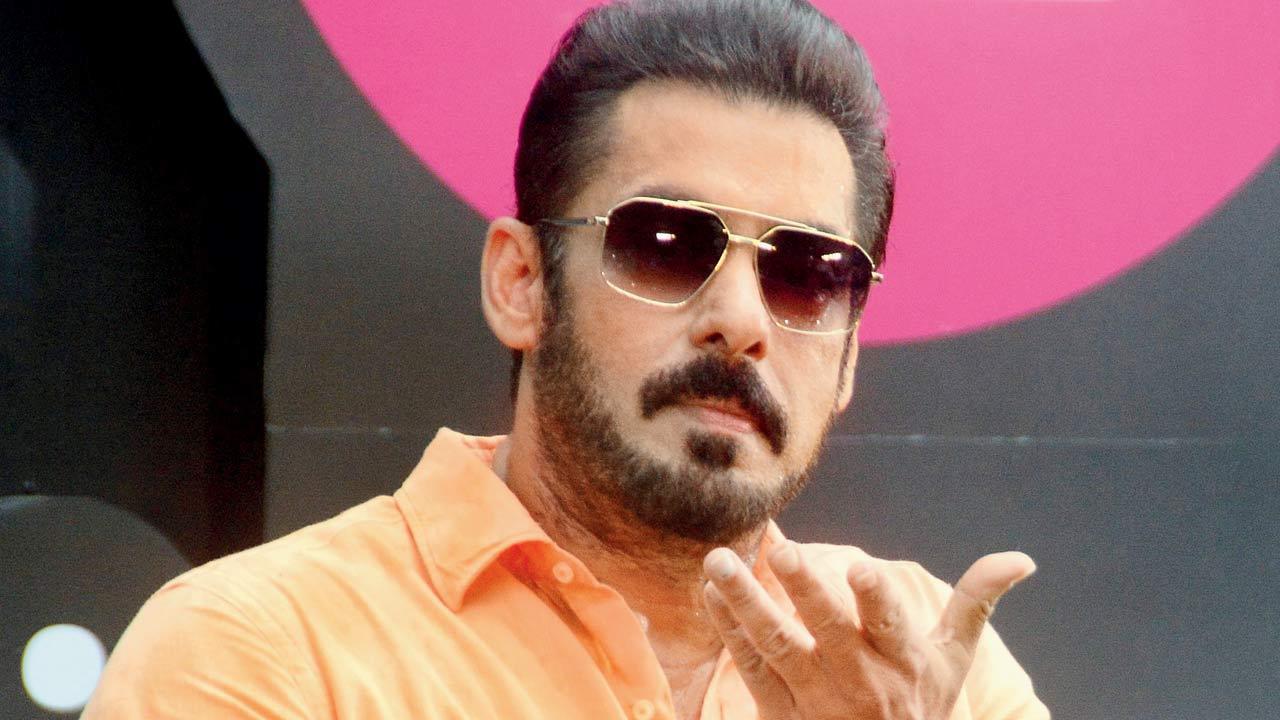
The spirited cheers and electrifying atmosphere at the MA Chidambaram Stadium in Chennai await the spectacle of the 17th Indian Premier League (IPL) as it commences with a riveting clash between the Chennai Super Kings (CSK) and Royal Challengers Bengaluru (RCB) on a fresh Friday evening, March 22. The pulse of cricket has intensified, instilling an infectious enthusiasm among the fans as this beloved T20 saga returns, leaning into its 17th year.
Emotions are running high with anticipation as two of the league’s most beloved teams prepare to lock horns, ensuring that the stadium will be pulsating with the echo of a full house. Beyond the confines of the stadium, countless fans are primed to join the fervor live, as they tune in via television and numerous over-the-top (OTT) platforms across the globe.
As the Indian Premier League reaches yet another pinnacle of popularity, bringing a financial windfall to the Board of Control for Cricket in India (BCCI), it also ushers in a series of predicaments for the governing body. The IPL, endowed with overwhelming funding, promises not just entertainment but a dream of economic transformation for many—a beacon capable of luring players both established and aspiring.
Yet, this same glittering dream harnesses a silent consequence: the overshadowing and gradual depletion of the country’s domestic tournaments. A growing chasm has formed between the emoluments of IPL players and those who toil in the rigorous arenas of tournaments like the Ranji Trophy. This disparity is a significant deterrence, dissuading players from the intense trials they must endure within India’s 90-year-old red-ball tournament.
For comparison, the earnings of a Ranji Trophy participant start at INR 40,000, a sum dwarfed by the IPL’s starting salary of INR 20 lakh for even the most modest contract. This notable gulf has led uncapped players to continue their struggling journeys in the Ranji and other domestic competitions, lacking the glamour and financial allure of the IPL. In contrast, players secure in their IPL futures withdraw from these crucial breeding grounds for the next wave of cricketing talent.
In parallel narratives, live action has returned to the television screens with the IPL 2024 Live telecast, along with extensive coverage from India TV Sports Wrap, which delivers the day’s trending stories including cricketing insights and updates such as MS Dhoni dropping hints of a captaincy transition to Ruturaj Gaikwad the year before.
The BCCI, caretaker of Indian cricket’s nurturing ground, has stood firm on preventing its athletes from prioritizing international T20 franchises over local tournaments—a decision made in the spirit of safeguarding the nation’s cricketing heritage. What remains unaddressed, however, is a comprehensive strategy to incentivize participation from capped Indian players in legacy-rich events like the Irani Trophy and Deodhar Trophy with the same fervor that engulfs the IPL.
The absence of such policy fortification robs fans of the once-common spectacle of famed Indian cricketers sparring with raw talents loaded with potential on the domestic field—a narrative that pre-dates the commercial colossus of the IPL era.
The BCCI is not neglectful of the seeds of discord sprouting within domestic cricket, particularly within the Ranji Trophy, which threatens to expand its grip further. The time is ripe for the cricketing institution to introduce comprehensive reforms. The objective: to preserve the delicate balance between the fanfare of the IPL and the foundational importance of domestic tournaments. It must act swiftly to arrest this trend before it metamorphoses into an irreversible epidemic that could diminish the very core of Indian cricket.










